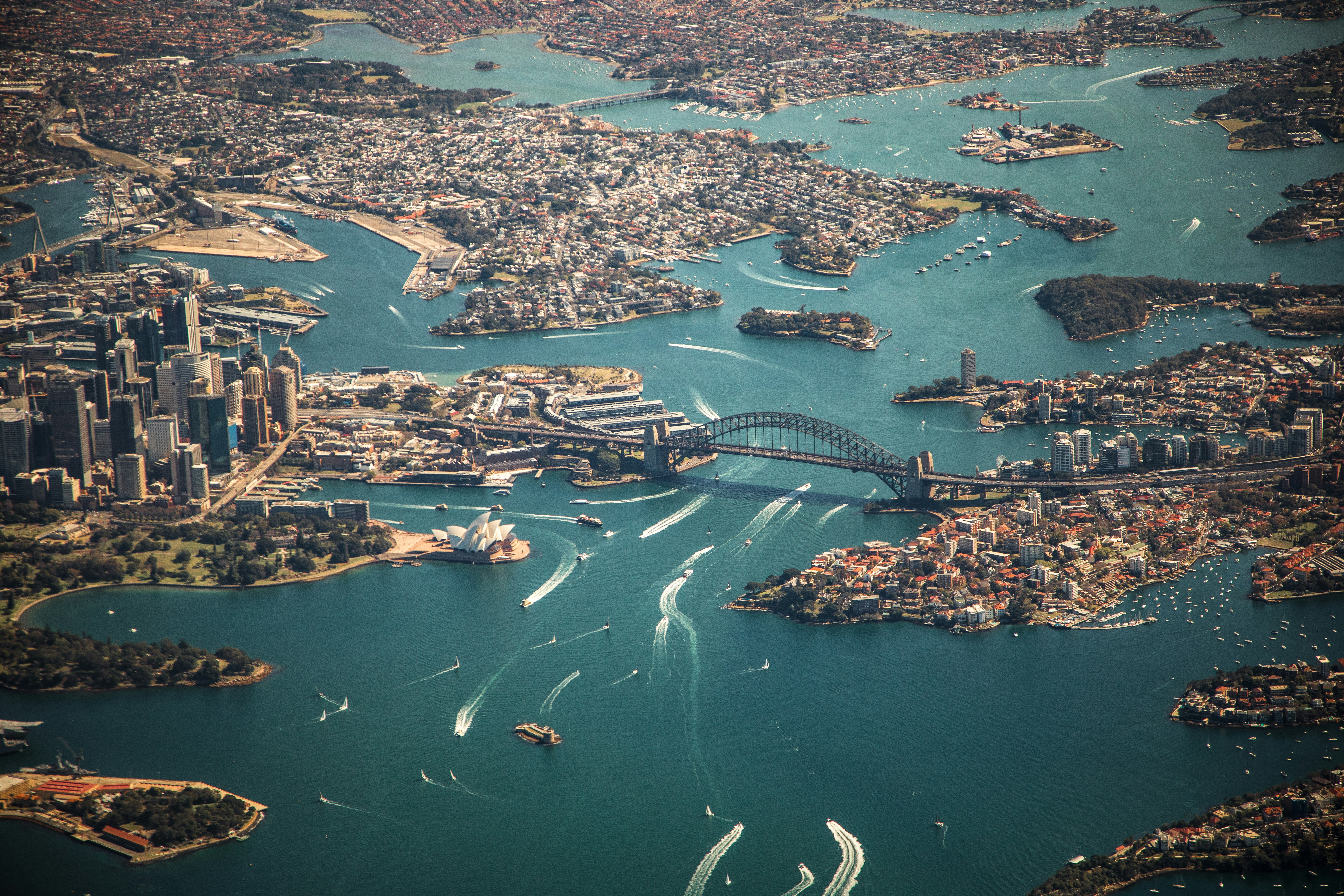Media release
From:
City growth - The angiogenic growth of cities
URL after publication: https://royalsocietypublishing.org/doi/10.1098/rsif.2023.0657
· A complete understanding of the dynamics of urban growth is needed to describe the space-time evolution of cities and encourage sustainable urban planning. By considering the feedbacks between transport network and population growth, we reconstruct the evolution of London (UK) an Sydney (Australia) to show that urban growth consists of an initial phase of diffusion-limited growth, followed by the development of the railway transport network and a consequential shift from central to suburban living. We show that the rail system co-evolves with urban population, displaying patterns that are similar to the growth of biological systems (e.g. vascular networks). Contact: Professor Gabriele Manoli, Ecole Polytechnique Federale de Lausanne, gabriele.manoli@epfl.ch, Telephone: +41 21 693 34 50
City growth – A model of London’s ‘tumour-like’ growth along a vascular network of railway lines could help optimise sustainable urban planning. Scientists reconstructed London’s growth over 180 years, showing populations initially clustered around the city centre, until the railway system drove a shift to suburban living. The pattern, akin to the vascular development of tumours, was also seen in models of Sydney, Australia. This confirms transport network evolution as important features of sustainable, healthier cities



 Australia; International; NSW
Australia; International; NSW



